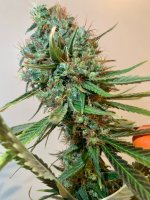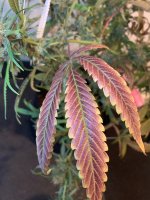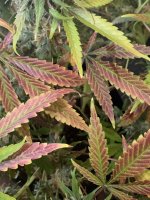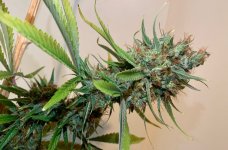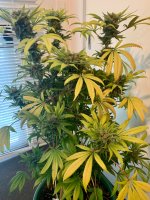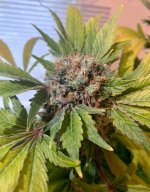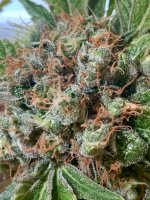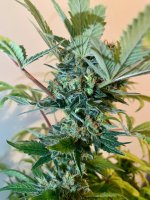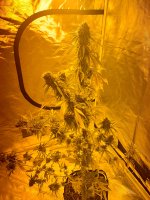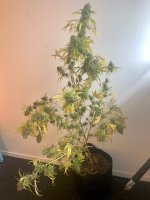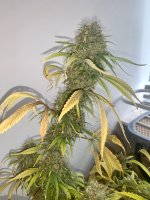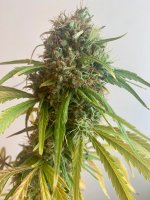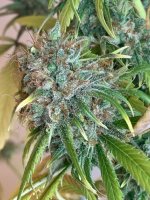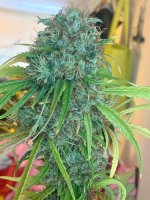WOW! They look awesome,
@Fish!

I know if I had those I'd be Kung Fu fighting!

Here is something
@acrid posted up about taking pics under HPS lights.
Taking Proper Pictures Under HPS Lighting
Taking proper pictures under High-Pressure Sodium (HPS) lighting can be challenging due to the orange/yellow tint these lights emit. Here are some tips to help you get accurate and appealing photos under HPS lighting:
1. White Balance Adjustment:
•
Manual White Balance: Set your camera's white balance to a custom setting. Use a white or gray card under the HPS light to set the correct white balance.
•
Preset White Balance: If your camera supports Kelvin settings, try setting it between 2500K and 3000K to counteract the yellow/orange tint of HPS lights.
2. Use a White Balance Filter:
Use a white balance filter or color correction gels to adjust the color temperature. This helps neutralize the yellow/orange hue from the HPS lights.
3. RAW Format:
Shoot in RAW format if possible. This allows you to make precise adjustments to the white balance and color temperature in post-processing without losing image quality.
4. Post-Processing:
Use photo editing software like Adobe Lightroom or Photoshop to adjust the white balance and color tones. Look for the 'Temperature' and 'Tint' sliders to fine-tune the colors.
Adjust the 'Hue/Saturation' settings to further refine the colors and remove any unwanted tints.
5. Lighting Control:
• If possible, use additional lighting to balance the HPS light. This can be done with LED lights or other artificial lighting sources that have a more neutral color temperature.
• Reflectors can help redirect some of the HPS light, reducing harsh shadows and balancing the overall lighting.
6. Camera Settings:
•
ISO: Use a low ISO setting to reduce noise. HPS lights can be quite bright, so you typically don't need a high ISO.
•
Aperture: Choose a moderate aperture (f/4 to f/8) for a good depth of field and sharpness.
•
Shutter Speed: Adjust the shutter speed to avoid overexposure. HPS lights can cause flickering, so you might need to experiment with different shutter speeds to avoid capturing the flicker.
7. Color Checker:
Use a color checker chart in your photos to help with accurate color correction in post-processing. This provides a reference point for adjusting colors.
8. Lens Filters:
Consider using lens filters designed for correcting the color cast from HPS lights. These filters can help neutralize the orange/yellow tint directly in-camera.
By applying these tips, you can achieve more accurate and visually appealing photos under HPS lighting conditions.
Longball
I know if I had those I'd be Kung Fu fighting!

